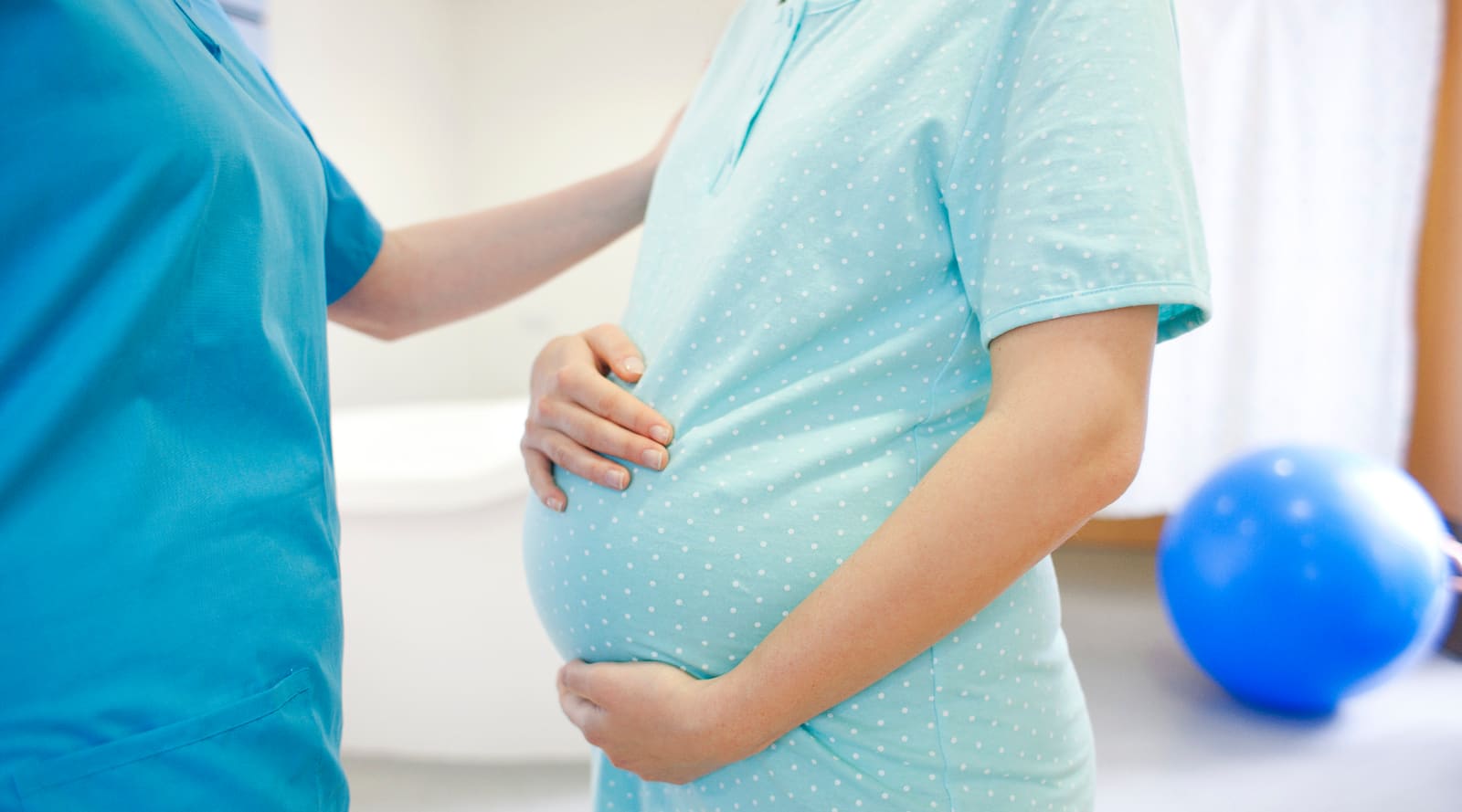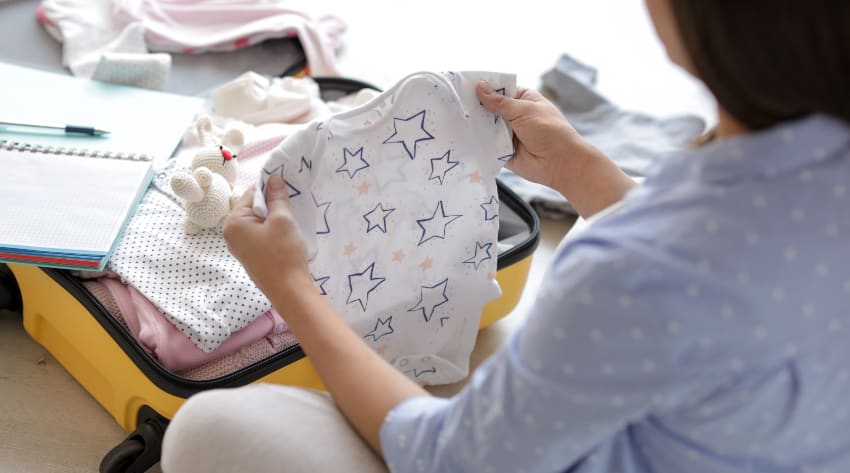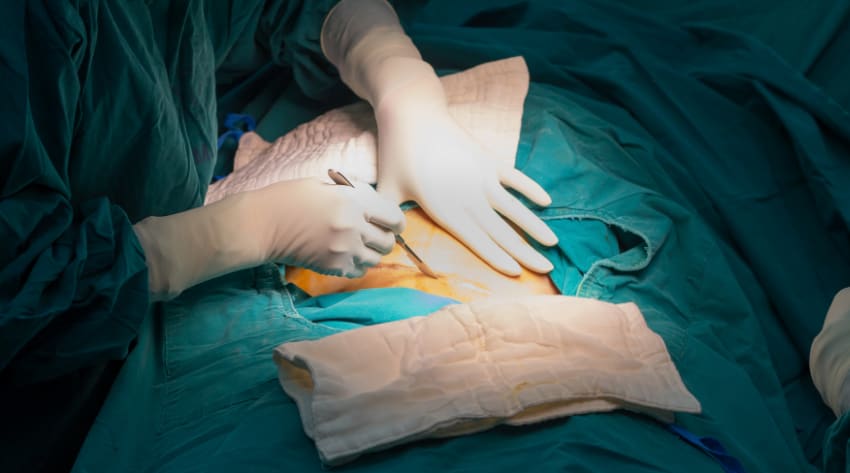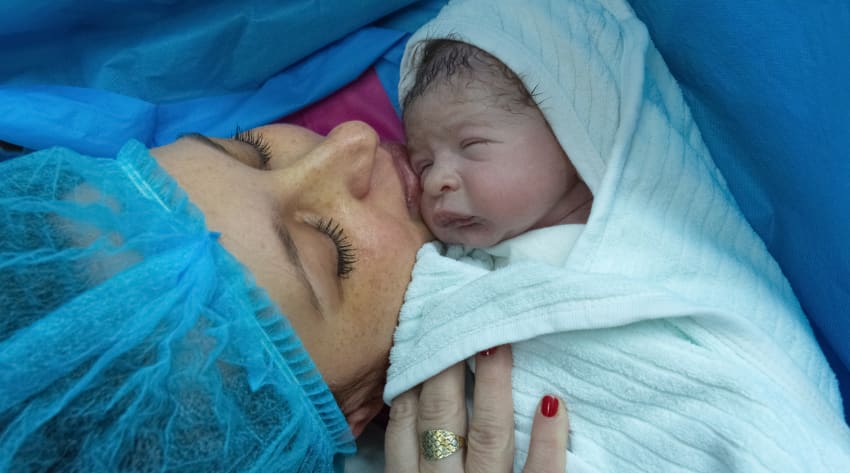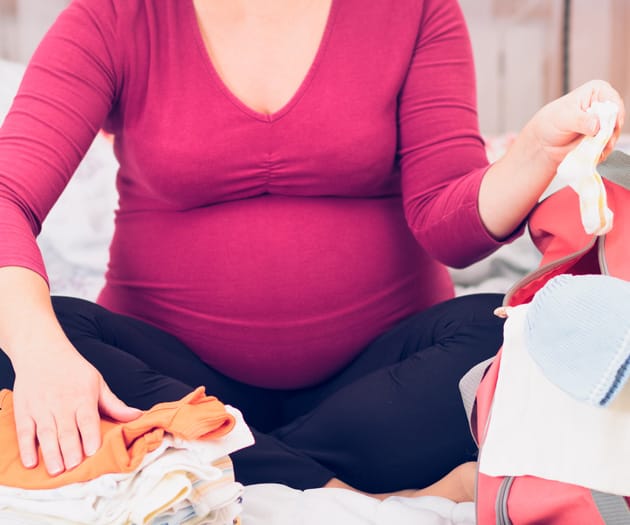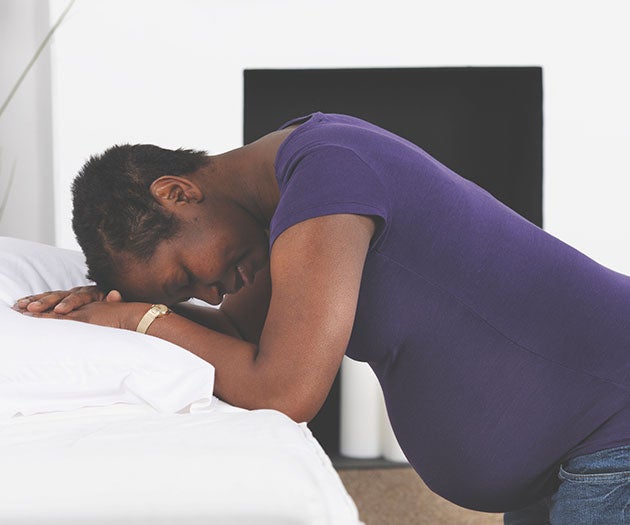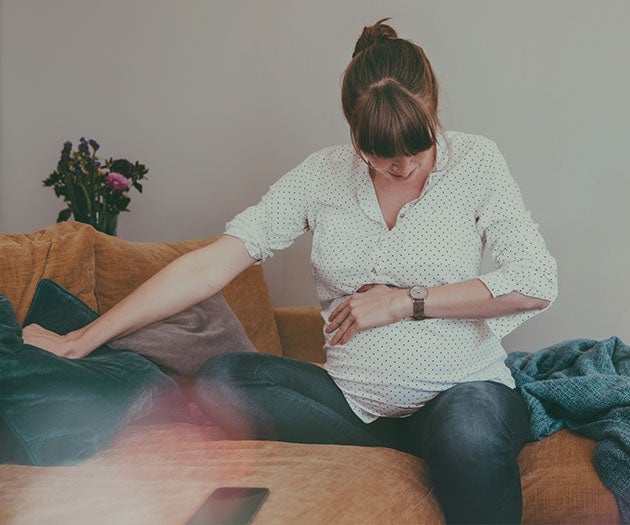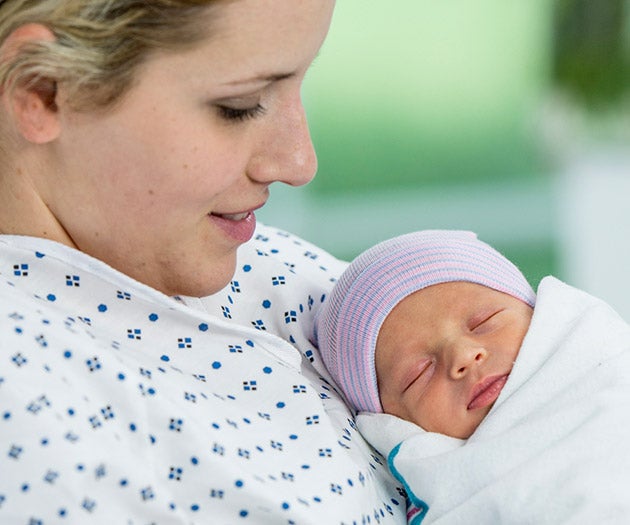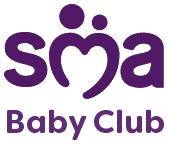Introduction
Some caesareans are planned in advance (elective caesareans) so you’ll have time to prepare, where as an emergency C-section might be necessary for a number of reasons. Even a straightforward pregnancy can end in a caesarean section. Regardless of whether the doctor decides on a caesarean long before the birth or only in the delivery room – there’s no need to worry. It is one of the most frequently performed operations in the world and 1 in 4 pregnant women in the UK has a caesarean birth. Read our article to learn more about caesarean sections.
What is a caesarean section?
A caesarean section or C-section is an operation where a small cut is made into the tummy and womb, usually just below your bikini line, so your baby can be delivered through this incision. It is performed in special cases, when a vaginal delivery may not be the safest option for you and your baby. Since it requires surgical intervention, the operation is carried out in the operating theatre usually under an epidural or occasionally a general anaesthetic. The operation usually takes about 60-90 minutes.
Why might I need an elective C-section?
A doctor may decide that a C-section is the safest option for you and your baby as a medical precaution even before you go into labour. Some of the reasons a doctor might recommend an elective C-section are:
-
Your baby is in the breech position, where they’re bottom or feet first, and it hasn’t been possible to turn baby manually – or you have not wanted this procedure
-
You have a low-lying placenta (placenta praevia) which is blocking your baby’s exit
-
You have a medical condition or pregnancy related high blood pressure
-
You have experienced problems with a previous vaginal birth
-
You are having twins or other multiples, especially triplets
-
You have genital herpes or untreated HIV which could be passed on to the baby
It is worth noting that not all conditions will result in a caesarean, some twins are still OK to be born vaginally. Your midwife and doctor will look at any risk factors when making a recommendation.
When is an emergency C-section necessary?
Although most pregnant women have a birth plan, not all deliveries will go to plan. In some cases an emergency caesarean may be required. Here are a few reasons why an emergency C-section might be necessary.
-
When vaginal delivery may be risky for you and your baby, e.g. when the baby is considered too large to come through the pelvis, or when your baby’s health is threatened and a quick birth is needed
-
When labour has stalled or is very slow and your baby may be getting distressed
-
You develop pre-eclampsia, a rare but serious pregnancy related high blood pressure
-
There is excessive vaginal bleeding
-
Your baby isn’t getting enough oxygen and nutrients, which means baby will need to be delivered quickly
-
The umbilical cord falls forward, often referred to as a cord prolapse, this can make a vaginal birth tricky and could reduce oxygen supply to the baby
Can I choose to have a planned C-section?
Some women may decide to have a C-section for non-medical reasons. If this is something you’re considering talk to your midwife or doctor, they will take you through the risks and benefits of a C-section versus a vaginal birth. Take a look at our checklist if you are considering a planned C-section.
If you do not want to proceed with a vaginal birth due to any psychological reasons, such as previous trauma, or you have anxiety about it – you should talk to a healthcare professional about your concerns.
Once you have been given all the information and support you need and discussed the pros and cons of a C-section and you still wish to proceed, your doctor should offer you an elective C-section.
How to prepare for a C-section
If you are having an elective C-section you’re probably wondering if there are any specific preparations, you need before going into hospital. Firstly, ensure you have prepared your hospital bag and it’s all packed and ready to go. Getting your hospital bag ready in the third trimester is ideal, read our handy checklist for what to pack.
You will be invited to a preoperative appointment about a week before the elective C-section. This appointment will give you the opportunity to ask any questions. It may also include the following:
-
You will be given a blood test to check for anaemia and to test your blood group
-
You will be given antacid tablets to take the night before the operation and on the day of your caesarean. You may also be given antibiotics and anti-sickness tablets
-
At this appointment you will also be asked to sign a consent form
You could ask the following questions at your preoperative appointment:
-
It is possible to visit the wards?
-
Is there anything you would recommend packing in my hospital bag?
Good to know
-
You may be asked to avoid waxing or shaving the pubic area for up to a week before your elective C-section. This is to avoid the risk of infection. Your midwife may shave the pubic area prior to surgery using an antiseptic to make it safer.
-
You will need to remove any make up, nail polish or fake nails such as gels or acrylics prior to coming to hospital
-
You won’t be able to wear contact lenses so remember to pack your glasses
-
You will be asked not to eat for a few hours before the surgery
What to bring to hospital for C-section
If you’re having a C-section you may need to pack some additional items in your hospital bag. Here are some items that other mums found useful:
-
Cotton or disposable pants that come up to your waist. Not the sexiest, but you’ll be thankful that your knickers don’t rub your C-section wound and make it sore
-
A nightdress rather than PJs for your first night in hospital. You are likely to have a catheter for at least 12 hours after your C-section, which will make wearing pyjama bottoms difficult
-
Loose comfortable clothes that won’t put any pressure on your wound
-
Extra supplies of maternity pads to last you 2-4 days in hospital
-
Flannels or wet wipes, to keep you going until you’re able to have a shower
-
Peppermint oil might help with any trapped wind
-
Extra pillow – this can make you a bit more comfortable post-surgery and is also useful for breastfeeding
Try looking at our handy checklist for items to pack for an elective C-section
What will happen when I arrive at the hospital for my C-section
When you arrive at the hospital a midwife will check that you have taken the necessary medication which was given to you at the pre-operative appointment. You will be given a hospital gown to get changed into, a name band for your wrist and asked to remove all jewellery. You will also be given pressure stockings to put on to reduce the risk of deep vein thrombosis. Your partner will be asked to change into theatre scrubs. Once in the operating theatre you will be prepped for surgery:
-
Your baby’s heart rate will be monitored
-
Your pubic area could be shaved above the bikini line to clear the area for the incision. It will also be cleaned with antiseptic to reduce risk of infection
-
A drip will be inserted into a vein in your arm to give you fluid and drugs
-
You will usually be given a spinal anaesthetic, that numbs your bottom half, or you may be given a general anaesthetic
-
A cuff will be put on your arm to monitor your blood pressure and electrodes on your chest to monitor your heart rate. A finger pulse monitor will also be attached
-
A catheter will be inserted into your bladder to drain urine away whilst you are under aesthetic
-
A screen will be set up across your chest, so you won’t be able to see the operation
-
The anaesthetist will check that you are completely numb
What happens during a C-section
The surgeon will make a horizontal cut about 3-4 cm above your pubic bone, at the top of your pubic hair. The incision will be about 10-20cm long and your baby will be delivered through this opening. You may feel pressure and a bit of pulling, but this is quite normal. Unless there are any complications, your baby will be brought straight over to you for skin-to-skin contact. If your baby is in distress they will be seen straight away by a paediatrician, but this is mainly in the case of an emergency C-section.
After the operation, you will be transported to the recovery room for increased supervision in case there are any complications. If everything is in order after a few hours, you will be transferred to the postnatal ward, where you will remain until discharge – usually three to six days.
What to expect after C-section
While you are enjoying skin-to-skin contact with your newborn the following things will happen, not necessarily in this order:
-
You will be given a synthetic hormone called oxytocin, this helps your uterus to contract and reduce bleeding
-
The midwife will give your baby the Apgar score, at one minute and five minutes after they are born. This is to measure your baby’s wellbeing
-
The surgeon will deliver the placenta and then suture your wound closed usually using dissolvable stitches. Your abdomen may also have removable stitches or staples that will be removed in a few days
-
You will be moved to the recovery room to allow time for the anaesthetic to wear off. You will be monitored closely during this time.
-
If you feel well enough now is a good time to start breastfeeding. It is great for bonding and your midwife will help you get comfortable.
Take a look at our checklist for recovery after a C-section.



